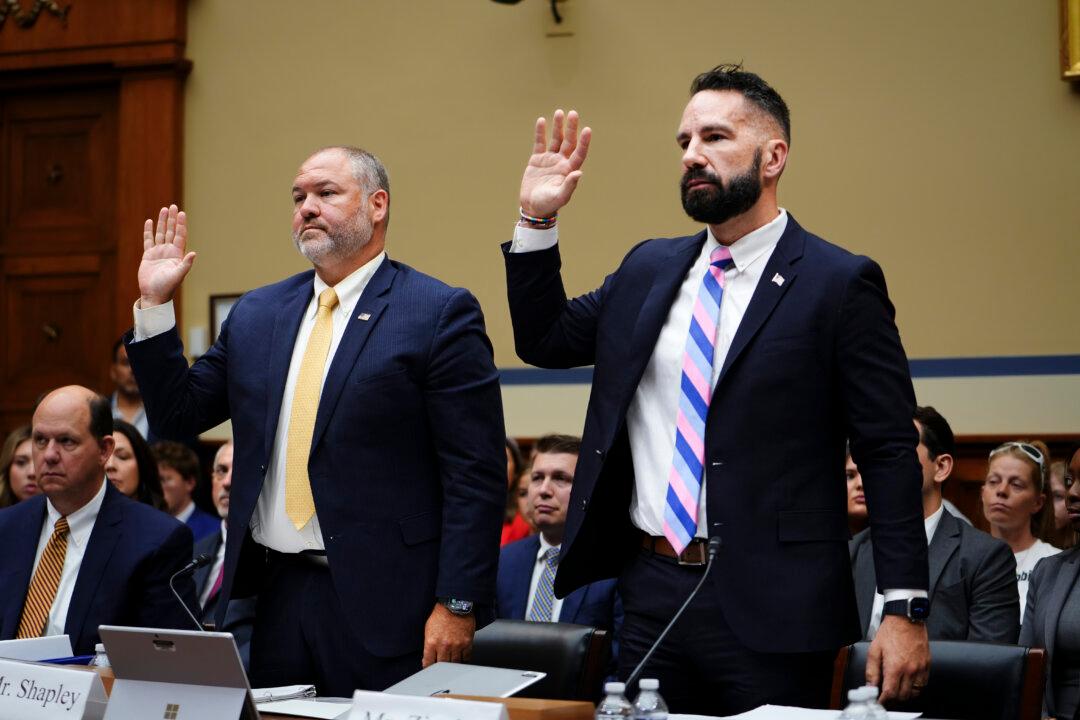House Republican leaders are revamping their approach to earmarks—a legislative tool that enables individual representatives to direct tax dollars to favored projects in their districts—by barring them from four major appropriations bills in the 118th Congress.
House Appropriations Committee Chair Kay Granger (R-Texas), along with the GOP leaders of that panel’s 11 subcommittees, on Feb. 28 issued new guidance on earmarks, which are now referred to as “community funding projects” (CPF).





